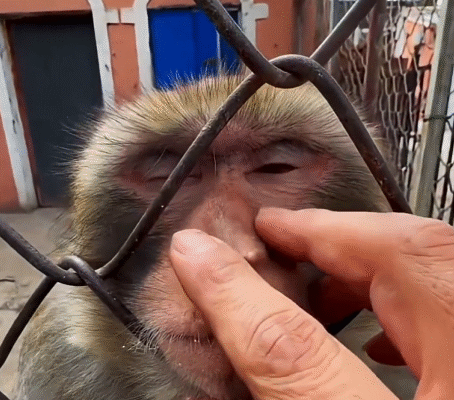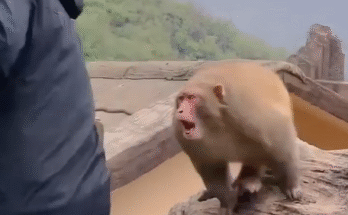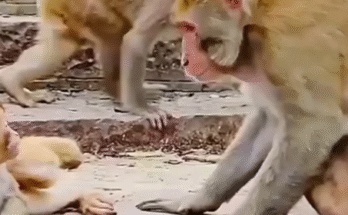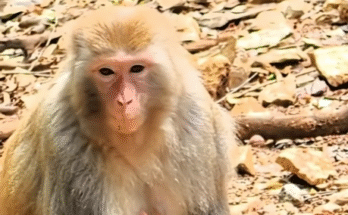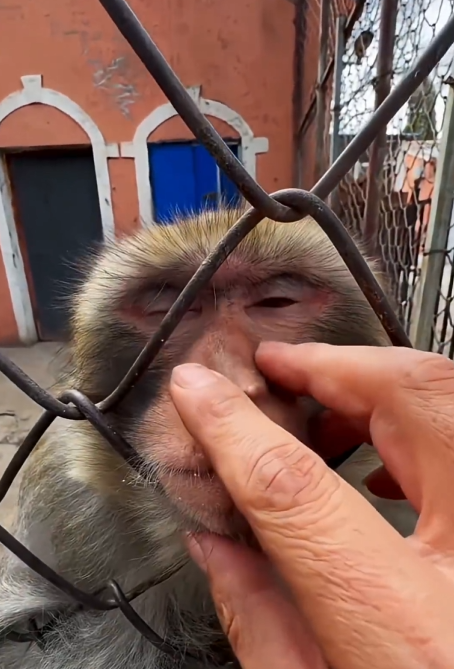
Mischief is an inseparable part of childhood. It’s in the mischievous grin before a prank, the twinkle in the eye when rules are bent, and the laughter that follows when consequences unfold. Most of the time, mischief is harmless—scratched walls, misplaced objects, or a spilled drink. But sometimes, a single act of playful rebellion can spiral into consequences far more serious than anticipated. This is the story of a boy whose curiosity and playful daring went a step too far, proving that even the smallest actions can carry significant cost.
A Curious Spirit
The boy, whom we’ll call Ethan, was an ordinary child in many ways—bright, energetic, and endlessly curious. His eyes sparkled with curiosity, always searching for new adventures and challenges. School, chores, and routine never held his attention for long. Instead, he preferred to explore, invent, and sometimes push boundaries to see what would happen.
It was this curiosity that led him into both mischief and trouble. Ethan had a habit of testing limits—not to be defiant, but because the world was an endless puzzle waiting to be solved. “What happens if I do this?” he would ask himself, often ignoring warnings and rules in the process.
The Seed of Mischief
One sunny afternoon, Ethan was playing in the backyard. The garden was filled with fruit trees, flowering plants, and a small pond. It was a place of beauty and calm, yet for Ethan, it was a stage for experimentation.
On this particular day, Ethan’s eyes fell upon the garden gate. He had noticed it squeaked and creaked, and a small latch kept it shut. Curiosity sparked. What if he opened it? What if he explored the world beyond? The warning from his parents—“Don’t go beyond the gate!”—faded into the background. Adventure beckoned.
With a grin, he unlatched the gate and slipped through, stepping onto the unknown path that led into the neighborhood streets. At that moment, he felt a thrill: freedom, exploration, and the possibility of something extraordinary.
The Mischievous Act
As Ethan wandered, he noticed a group of children playing with a kite near a busy road. The kite had a long string and a colorful tail that fluttered in the wind. Unable to resist, Ethan grabbed the string while the children were distracted, intending to see if he could make the kite fly higher.
At first, it seemed like harmless fun. The children chased him, laughing and calling his name. Ethan giggled, tugging the string and running with it. But in his excitement, he did not notice the traffic nearby. The moment of thrill turned into a dangerous situation.
The Consequences
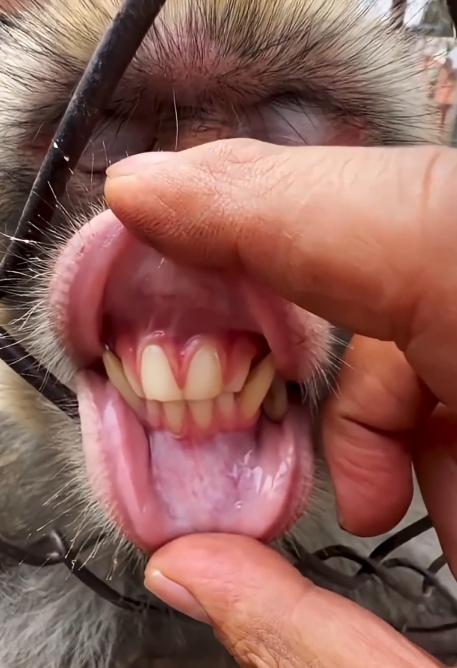
The kite string, pulled by Ethan, caught on a passing car’s side mirror. The sound of tearing metal echoed across the street. The children froze, the kite tumbled from the sky, and the driver slammed on the brakes. Luckily, no one was hurt, but the damage was clear: the car’s mirror was broken, and Ethan’s parents would soon be called to explain what had happened.
This was the first real lesson Ethan would learn: that mischief, while fun, carries responsibility. What seemed like a playful experiment had caused property damage, anxiety, and inconvenience to others.
Facing the Music
When Ethan’s parents arrived at the scene, their faces reflected concern more than anger. They knew his adventurous spirit was part of who he was, but they also understood the importance of teaching responsibility.
“Ethan,” his father said calmly, “you need to understand that every action has consequences. You can’t just act without thinking.”
Ethan’s cheeks flushed with shame. He had not intended harm, but the reality of the situation was undeniable. He felt the weight of his actions, the disappointment in the faces of his parents, and the anxiety of knowing that he had caused trouble.
A Cost Beyond Money
The financial cost of the accident—repairing the car’s mirror—was significant, but the emotional and moral lessons were even greater. Ethan learned that curiosity and playfulness are valuable traits, but they must be tempered with awareness and consideration for others.
This incident also strained relationships temporarily. The driver, though understanding, had been frightened and frustrated. The children playing nearby were upset that their kite had been ruined. Ethan realized that mischief does not exist in isolation; it affects people, objects, and even the community.
Reflection and Growth
Over the next few days, Ethan reflected on his actions. He thought about the sound of the metal tearing, the frightened expressions of the children, and the disappointment of his parents. For a young boy, this was a heavy but important lesson.
He began to understand that true courage and intelligence involve thinking ahead, weighing consequences, and recognizing the limits of fun. Mischief is not inherently wrong—it becomes costly only when it causes harm, fear, or damage.
Ethan also realized the importance of making amends. He helped his parents repair the garden gate that he had initially left open, apologized to the neighbors, and even offered to help replace the kite. These actions were not just about correcting mistakes—they were about learning responsibility, empathy, and accountability.
The Positive Side of Mischief
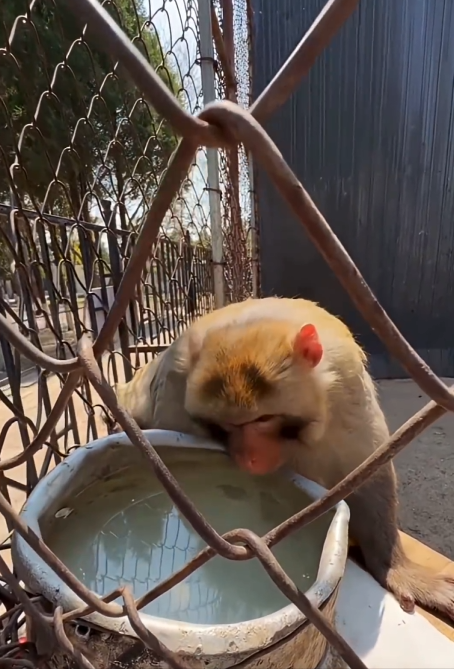
It is important to note that mischief is not inherently negative. For children, it is a form of exploration, learning, and creativity. It teaches problem-solving, resourcefulness, and resilience. Ethan’s adventurous nature, though costly this time, was a sign of intelligence, curiosity, and courage.
The key lies in guiding mischief safely. Parents, teachers, and mentors play a crucial role in helping children channel their curiosity into constructive experiences—science experiments, sports, artistic projects, or supervised adventures. When managed well, mischief becomes a tool for learning and growth rather than destruction.
A Lasting Lesson
The incident with the kite became a story that Ethan would remember for years. Every time he approached a rule or boundary, he thought about the cost of mischief—the broken mirror, the ruined kite, and the brief moment of fear he had caused.
He also learned resilience. Mistakes are inevitable, but the way we respond defines our character. By facing the consequences, apologizing, and helping repair the damage, Ethan learned how to take responsibility—a lesson far more valuable than the thrill of the moment.
The Balance Between Fun and Responsibility
Childhood is a time for laughter, exploration, and yes, mischief. But Ethan’s story illustrates that there is a balance between fun and responsibility. Children must be allowed to explore, make mistakes, and learn, but guidance and boundaries are essential.
Parents who encourage safe exploration while teaching consequences help children develop not only intelligence and curiosity but also empathy, self-awareness, and maturity. Mischief, when balanced with guidance, becomes a tool for growth rather than a source of regret.
Conclusion
The story of Ethan, the boy whose mischief proved costly, is a reminder that playful curiosity carries responsibility. His adventure with the kite transformed a moment of fun into a valuable life lesson. The broken mirror, the ruined kite, and the anxious faces he encountered were not just consequences—they were teachers.
Through this experience, Ethan learned about foresight, accountability, empathy, and the importance of thinking before acting. Mischief remains a natural and important part of childhood, but it is the understanding of consequence that shapes mischief into wisdom.
Life, much like childhood, is full of exciting opportunities and tempting adventures. But as Ethan discovered, even the smallest acts of mischief can carry a cost. It is how we respond, learn, and grow from these experiences that defines our journey from playful curiosity to thoughtful responsibility.
In the end, Ethan’s grin returned, but now it was tempered with understanding. Mischief was still part of him—but now, it came with wisdom, awareness, and a respect for the world around him. And that, perhaps, was the most valuable lesson of all.
